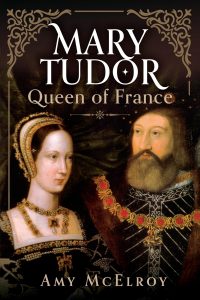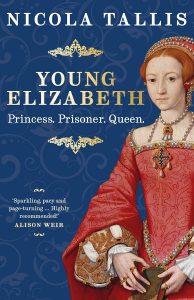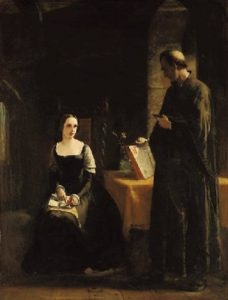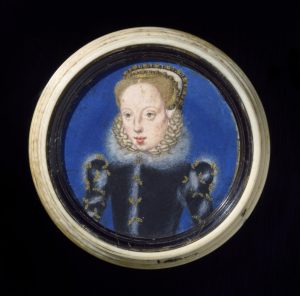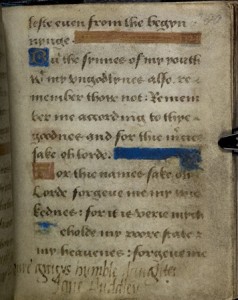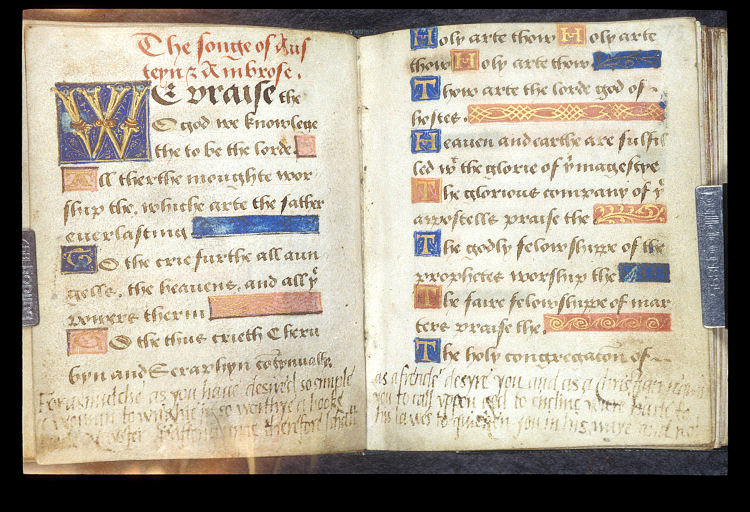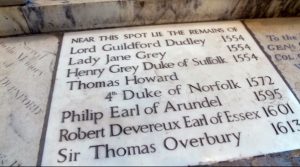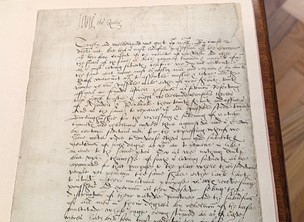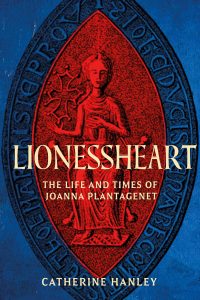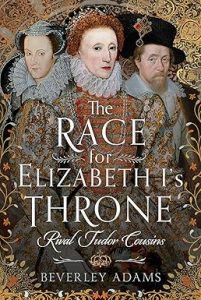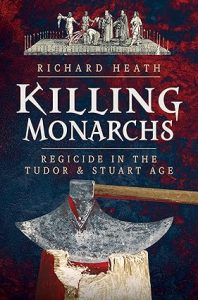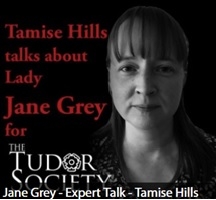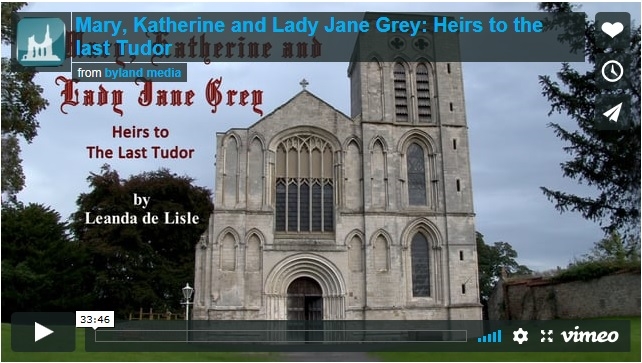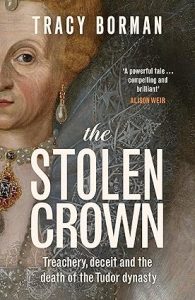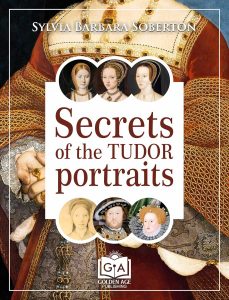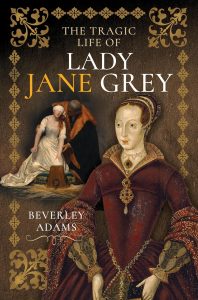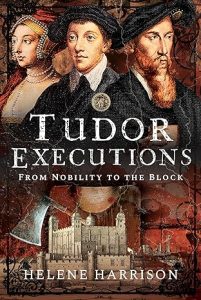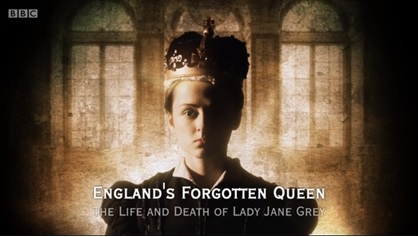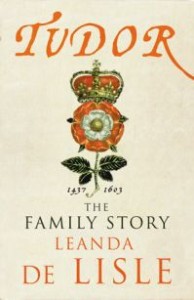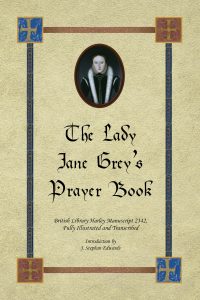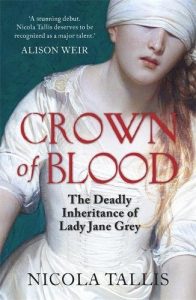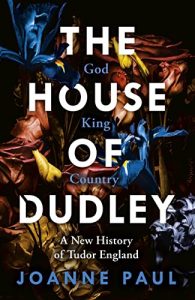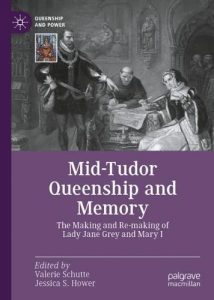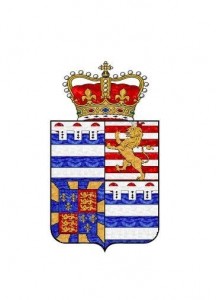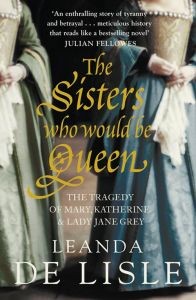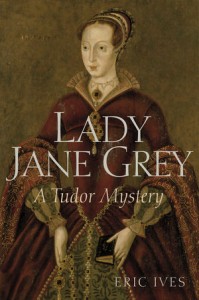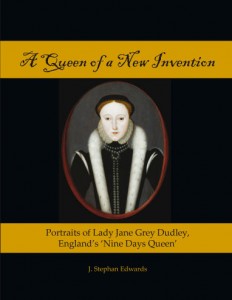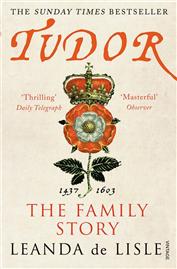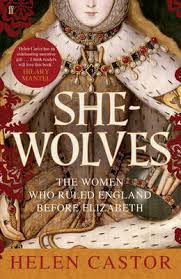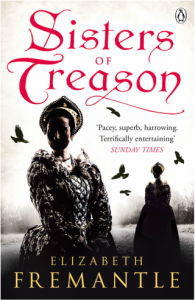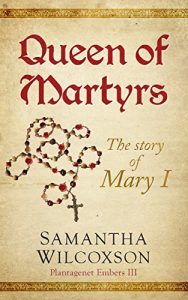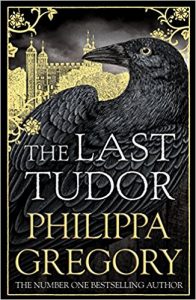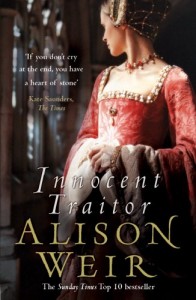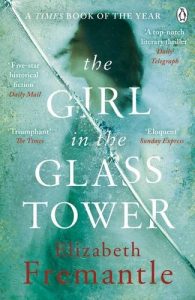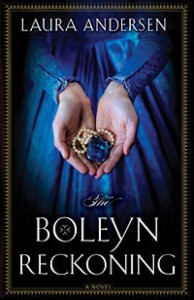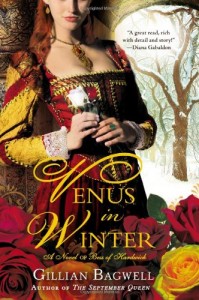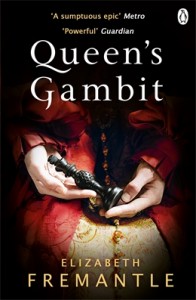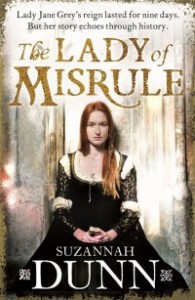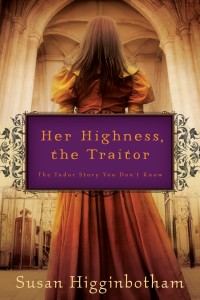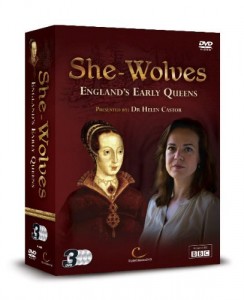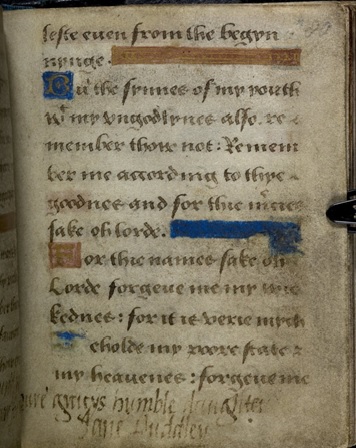‘Mary Tudor: Queen of France’ by Amy McElroy was published by Pen and Sword Books in January.
Amy is also the author of ‘Educating the Tudors’ and ‘Women’s Lives in the Tudor Era.’
Buy ‘Mary Tudor: Queen of France’:
Follow Amy on Social Media:
Bluesky – @amymcelroy.bsky.social
Twitter/X – @AmyMc_Books
Many thanks to Amy for answering my questions.
Why did you choose this subject for your book?
I spent time researching Mary for my first book, Educating the Tudors, and the more I read about her the more I wanted to know. We all know the basics of Mary’s life, but I wanted to know more than that. I felt there was much more to her than I previously thought and wanted to try and uncover that and give her some time in the spotlight that she deserves.
What does your book add to previous work covering Mary Tudor, Queen of France and Duchess of Suffolk?
There is some fantastic work out there on Mary, for instance Sarah Bryson, La Reine Blanche, and Erin Sadlack’s The French Queen’s Letters but when researching her, I found Mary to be an extremely intriguing woman who I feel deserves more coverage. It wasn’t necessarily about adding anything new, rather giving her more exposure in the hopes that others will come to find her as interesting as I have.
Who do you think was the main protagonist behind their marriage, Mary or Charles?
I believe it was Mary. Mary was incredibly intelligent; she was well aware that it was within the interests if the French that she should marry a Frenchman and remain in France and therefore her income, as Dowager Queen, would also remain within France. However, she was very eligible on the Tudor marriage market and although Henry had promised she could choose her next husband, Mary knew there was a possibility he may be tempted to marry her off elsewhere unless she took matters into her own hands. Though I do not think Charles put up much resistance!
What surprised you most researching this book?
I found Mary’s generosity to be very surprising, there was of course an expectation for royalty to be charitable, but Mary appears to have genuinely cared for people. She spent time using her influence to try and secure employment for people, positions for others, and even freedom for one man who had been imprisoned. I think Mary went beyond the standard expectations of charity and tried her best to use her influence wherever she could for the benefit of others.
Do you think if Henry Brandon had survived, that he would have been accepted as King after Edward VI instead of Mary I?
It is entirely possible that Henry Brandon would have succeeded to the throne had he lived. Henry VIII wished for the crown to pass to Edward and his heirs, and if that failed, Mary and her heirs, then Elizabeth and her heirs. However, if all that failed Henry wished for his sister Mary’s heirs to take the throne. Sadly, Henry Brandon died in 1534 so we also do not know if Henry VIII would have placed him before Mary and Elizabeth in his wishes if his nephew had lived. As we know, the Tudors did not believe women could rule alone (although those people were proven wrong) so there is a possibility the nobility would have rallied behind Henry on the death of Edward, wishing for a male monarch. Edward created his own rules for succession naming Lady Jane Grey and we can only wonder if he would have named his cousin Henry as his successor if the latter had lived. That would likely have depended on Henry’s religious beliefs as he matured but I imagine Henry would certainly have found support, whether it would have been enough we will never know.


